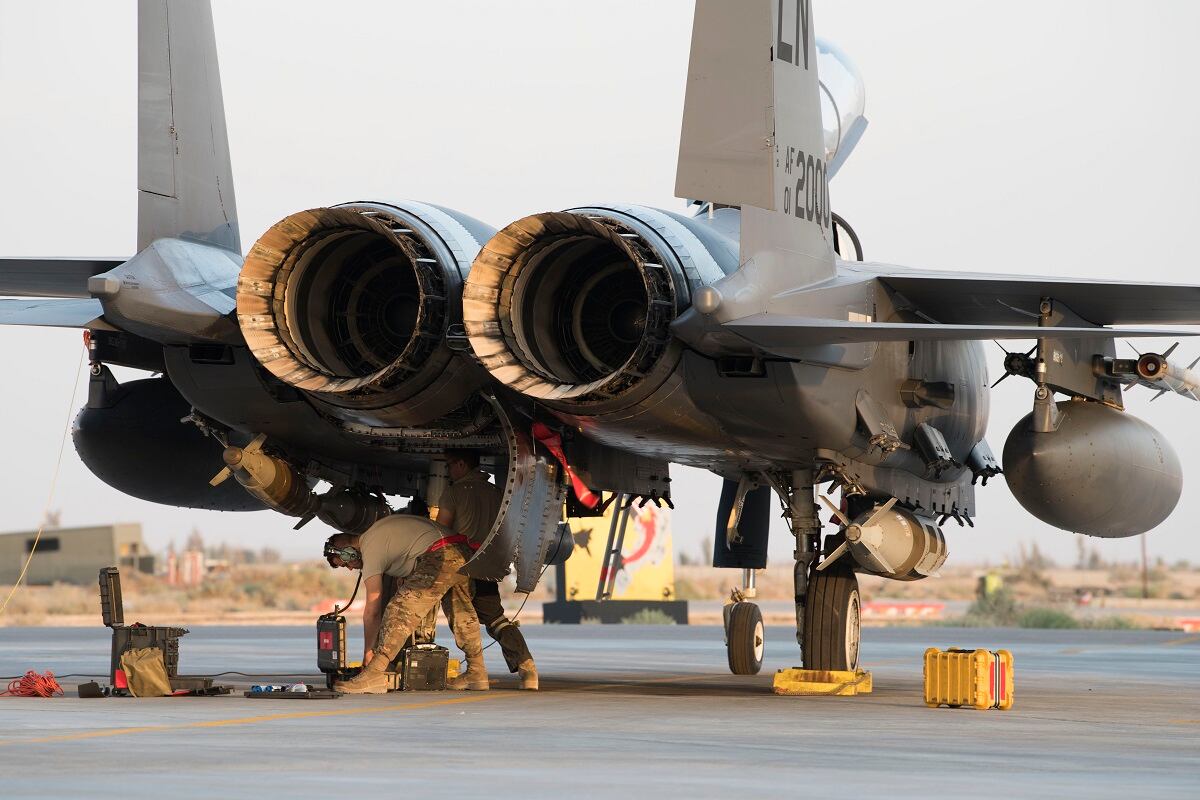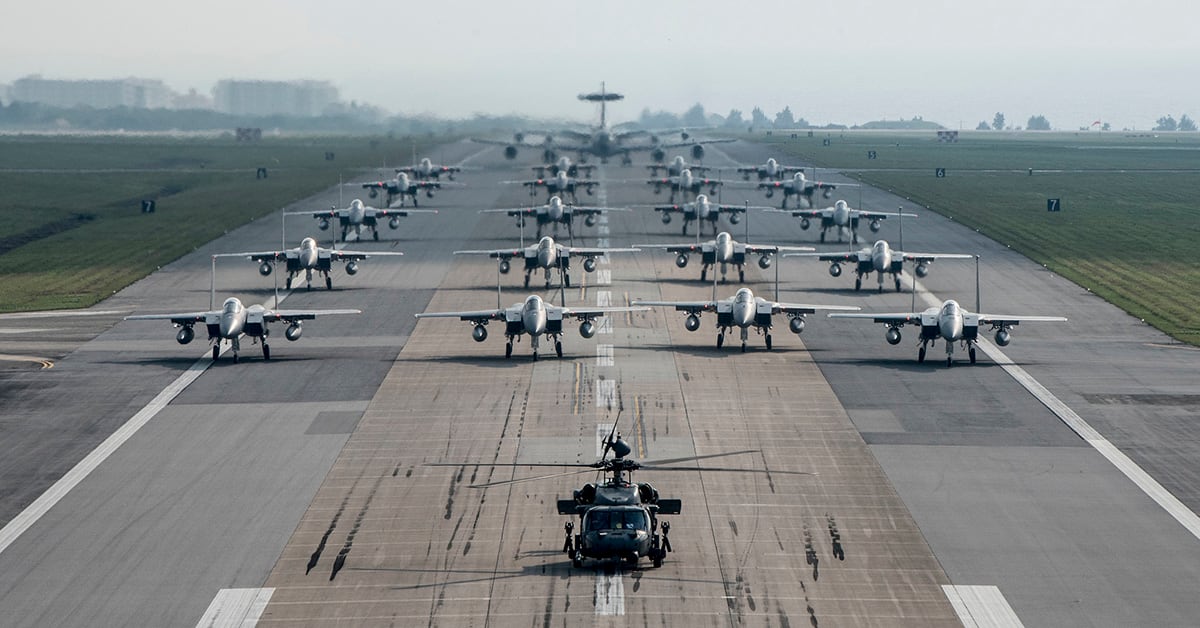WASHINGTON — The U.S. strategic bomber program plays a vital role in U.S. nuclear and conventional posture, providing both penetrating and standoff capabilities that allow the U.S. to hit targets almost anywhere in the world. But as the Air Force expands from 312 to 386 operational squadrons — planning to increase the bomber squadron from nine to 14 — how can the service keep costs within reason?
A key to keeping down modernization costs will be the force’s ability to field systems that can easily be updated as new technology develops, according to Gen. Timothy Ray, commander of Global Strike Command.
“What I really want to drive home is that if we have a force, whatever the size of the force, it has to be affordable,” Ray said at the Air Force Association’s annual Air, Space and Cyber Conference on Sept. 18. Ray believes prices will be affordable depending on the service’s “ability to field a relevant force as part of our integrated capabilities, both nuclear and conventional, that has a rapid capability to be updated and modified.”
Communications systems, weapons, sensors and defensive capabilities are very sensitive to technological change, which “is already going on much faster than what we can field right now using the old legacy processes,” Ray said. Ray pointed to the B-21 bomber as having "the right attributes that are going to set us up for success.”
RELATED

Others suggest that looking at the unit price for bombers is deceptive and does not allow the Air Force to address its critical modernization needs.
“It is very easy to look at individual unit cost [per bomber], but that does not equate to value," Retired Lt. Gen David Deptula said. "People, particularly programmers, like to talk about cost, but they don’t talk about the effectiveness piece.”
This sentiment was echoed by retired Lt. Gen. Bob Elder Jr., who feels the public and some military members do not appreciate the active role bombers play in defending the U.S. As busy as these bombers are, Edler said, “it’s a bargain” for how much the Air Force pays for them.
Deptula also believes that if the Air Force is serious about modernization, it is past time that requirements for meeting U.S. strategic goals determine force structure, rather than depending on “arbitrary budget lines.”
“For way too long our force structure has been solely driven by the budget and not the war-fighting demands of our nation’s security strategy,” he said. “I dare say no one will argue with the preamble of the Constitution, which basically talks about how we form government to provide for the common defense, and then to promote the general welfare. It doesn’t say the other way around.”
RELATED

“People will say the new enterprise is going to be too expensive, so don’t keep it. I don’t agree,” Ray said, adding that a more competitive approach will enable the Air Force to drive down procurement and modernization costs.
“I have got to know our competitive nature of our approach will draw the talent from industry; or if I’m not quite certain with a technical capability or the capability is so far advanced I can’t draw the talent from industry, now I find myself with an important issue,” Ray noted.
In regard to ensuring the service can get the funding to grow its squadrons, Ray added: “Where you drop cost down and have a rapid modification capability or a relevant force for an extended period of time, then you begin to tell a more complete story,” which he explained should help dollars keep flowing into necessary programs.
Daniel Cebul is an editorial fellow and general assignments writer for Defense News, C4ISRNET, Fifth Domain and Federal Times.








